As Teresa and Maeve and Pietro set out on a road tour, vaudeville theater owners were trying to fill theaters across the country with good acts to meet demand. They needed talented people.
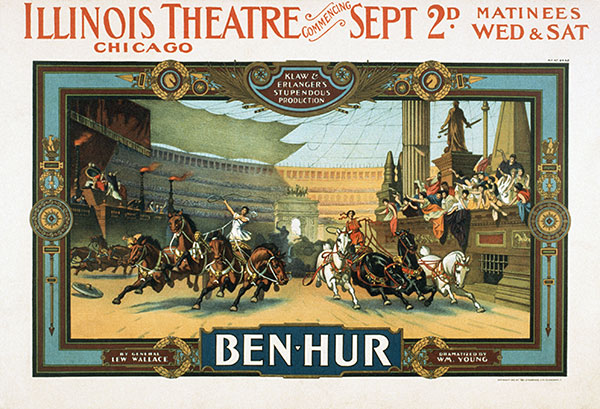
Klaw & Erlanger, an early syndicate, was responsible for this “stupendous production.” The six-act show premiered in 1899 and played around the world for the next 21 years. Can you imagine the number of actors and animals needed for each show?
How many acts were needed to fill US vaudeville theaters? There were approximately 8 to 15 acts, each 6 to 15 minutes long, in each theater per day. Some theaters had “continuous” shows from mid-morning to 2:00 am! Every small town had some type of theater and larger towns might have three or four. When Teresa walked out on the stage in 1913, there were more than 2,000 acts needed each day around the USA.
There are several good articles online that talk about the various theater owners, booking agencies, and labor unions. Fervent competition, underhanded blacklisting, and an ongoing struggle to control the market defined the experiences Teresa would have had as a singer. From the Theatrical Syndicate of 1896 to the Orpheum Circuit to the Pantages Circuit and the Western Vaudeville Managers Association, big money was involved and pressure was heavy on individual theater managers and performers. So much so that eventually unions were formed to protect the performers.
Resources:
About the Theatrical Syndicate
Vaudeville Managers Association
Theater Owners Booking Association for African American performers
“Bob Hope and American Variety,” from the Library of Congress, for specific examples of playbills and a tour map
If you’re interested in doing in-depth research, you may find the Keith-Albee Vaudeville Theater Collection at the University of Iowa to be useful.


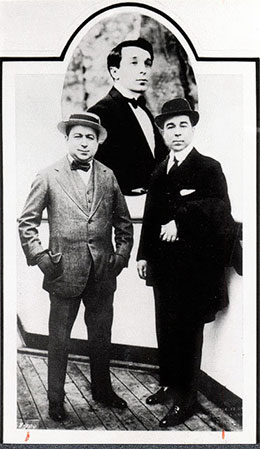
 While Liza’s ancestors never became famous, the story of her great-grandparents’ elopement—and its consequences—inspired her most recent book,
While Liza’s ancestors never became famous, the story of her great-grandparents’ elopement—and its consequences—inspired her most recent book, 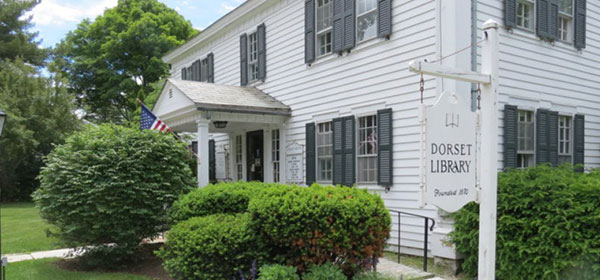

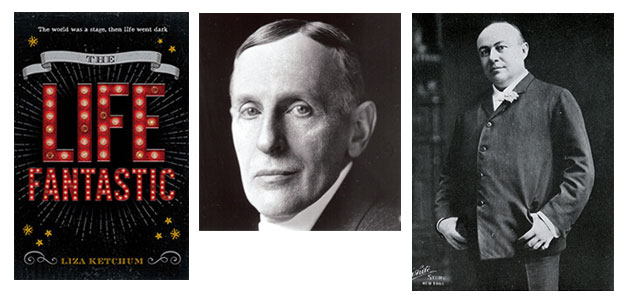
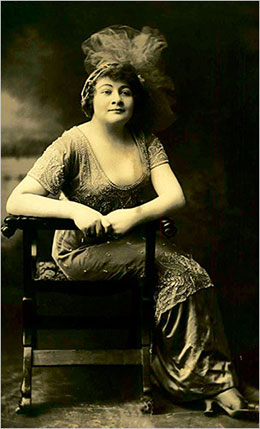
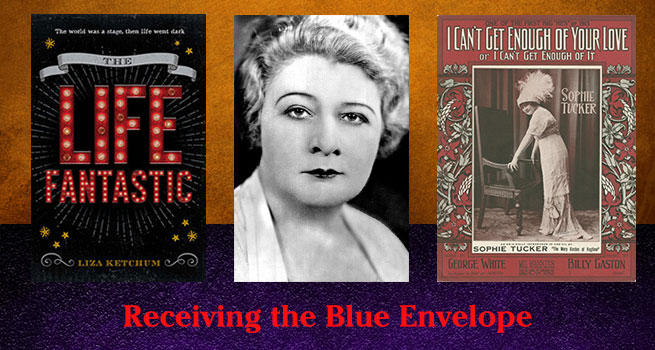
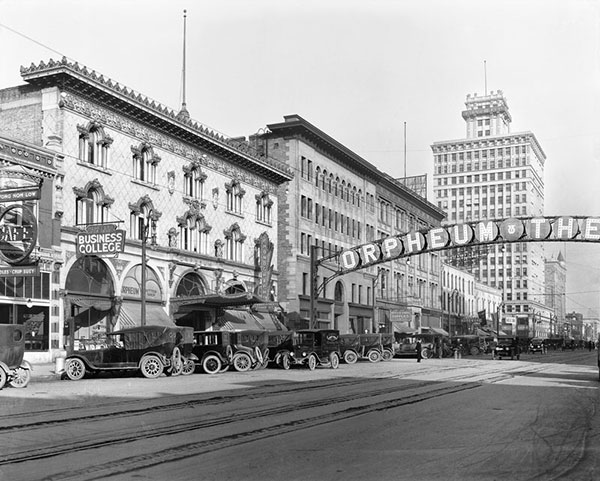
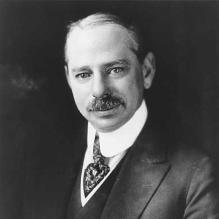 From penny arcades to vaudeville to major motion pictures, Marcus Loew was one of the early entrepreneurs of vaudeville. You may have a Loew’s theater in your home town to this day.
From penny arcades to vaudeville to major motion pictures, Marcus Loew was one of the early entrepreneurs of vaudeville. You may have a Loew’s theater in your home town to this day.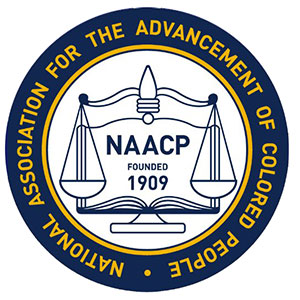 The Life Fantastic is set in 1913, by which time the National Association for the Advancement of Colored People had established branch offices in such cities as Boston, Massachusetts; Baltimore, Maryland; Kansas City, Missouri; Washington, D.C.; Detroit, Michigan; and St. Louis, Missouri. They believed strongly in local organizing. When Pietro Jones discusses W.E.B. DuBois’ writing with Teresa, it’s likely that he was familiar with this organization.
The Life Fantastic is set in 1913, by which time the National Association for the Advancement of Colored People had established branch offices in such cities as Boston, Massachusetts; Baltimore, Maryland; Kansas City, Missouri; Washington, D.C.; Detroit, Michigan; and St. Louis, Missouri. They believed strongly in local organizing. When Pietro Jones discusses W.E.B. DuBois’ writing with Teresa, it’s likely that he was familiar with this organization.